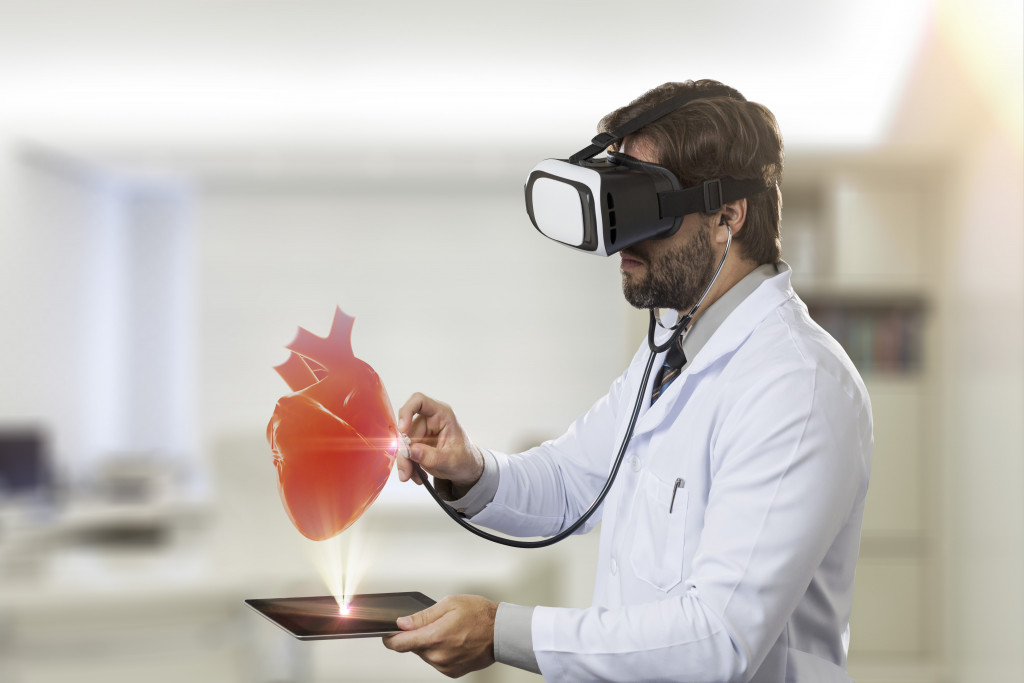As technology rapidly advances, its influence will inevitably be seen in all aspects of life, including education. There are both pros and cons to the increasing role of technology in education. On the one hand, digital media and tools can make teaching and learning more efficient and effective. On the other hand, there is a risk of students becoming too reliant on technology, leading to a decline in critical thinking and problem-solving skills.
Some ways that technology is changing education include:
Online Learning
Thanks to advances in technology, students can now access educational content online. This means that more people than ever before have the opportunity to study, regardless of their location or circumstance.
Moreover, online learning is booming the importance and accessibility to micro-credentials. For instance, for someone to become a doctor or nurse, traditionally had to take a 4-5 year course. However, a single-year certification program is enough nowadays to specialize in a particular field. For example, anyone can take an online certified nursing assistant course and get a relevant job quickly to become a nurse.
Online learning also offers a more flexible and convenient way to learn, as students can study at their own pace and on their own time.
Digital Resources
The internet provides a wealth of resources that can be used for educational purposes. Teachers can now supplement their lessons with digital content, such as videos, infographics, and articles. This can make learning more engaging and exciting for students. Additionally, digital resources are often more up-to-date than traditional textbooks, giving students access to the most current information.
Collaborative Learning
Collaborative learning is a form of education where students work together to gain knowledge and skills. It has long been used in primary and secondary education, but it is becoming increasingly common in higher education. One reason for this is the increasing use of technology, which has made it easier for students to communicate and collaborate.
Online forums, chat rooms, and video conferencing software allow students to share ideas and resources and work together on projects. This type of learning has several advantages over traditional methods:
- It will enable students to learn from each other’s strengths and weaknesses
- It encourages them to think creatively and solve problems as a team
- And it allows them to develop communication and leadership skills.
Technologies Penetrating the Education Center
The use of technology is not limited to the classroom. Many educational institutions are now using technology to improve their operations. For example, some schools use data analytics to track student performance and identify areas for improvement. Additionally, many schools have adopted mobile apps that allow parents to track their child’s progress and communicate with teachers. Here are some primary technologies used in the education industry.
Artificial Intelligence
One of the most significant ways technology changes education is through artificial intelligence (AI). AI can be used in several ways, such as creating personalized learning experiences for students or identifying areas where a student might need extra help. Additionally, AI can automate administrative tasks, such as grading tests or tracking attendance.
Virtual Reality
Virtual reality (VR) is another technology that is beginning to be used in education. VR can provide students with immersive learning experiences that are not possible with traditional methods. For example, VR can simulate historical events or take students on virtual field trips. Additionally, VR can be used to teach hands-on subjects, such as science and engineering.

3D Printing
3D printing is another technology that is starting to be used in education. 3D printers can be used to create models and prototypes that can be used for teaching or learning purposes. Additionally, 3D printing can be used to create customized materials for each student. For example, a student with a visual impairment might benefit from 3D-printed materials designed to be tactile.
Cognitive Intelligence
Cognitive intelligence is a form of AI designed to simulate the human brain. It can be used for various purposes, such as improving search engines or creating chatbots. Additionally, cognitive intelligence can be used to create digital assistants, such as Microsoft’s Cortana or Amazon’s Alexa.
Robotics
Robotics is another technology that is being used more and more in education. Robotics can be used to teach students about engineering and programming. Additionally, robotics can be used as a tool for helping students with special needs. For example, robots can provide social and emotional support to autistic students.
Technology can be a great asset to education. However, it is essential to strike a balance between using technology and traditional teaching and learning methods. By using a combination of both, students can reap the most benefits and be well-prepared for the future.

